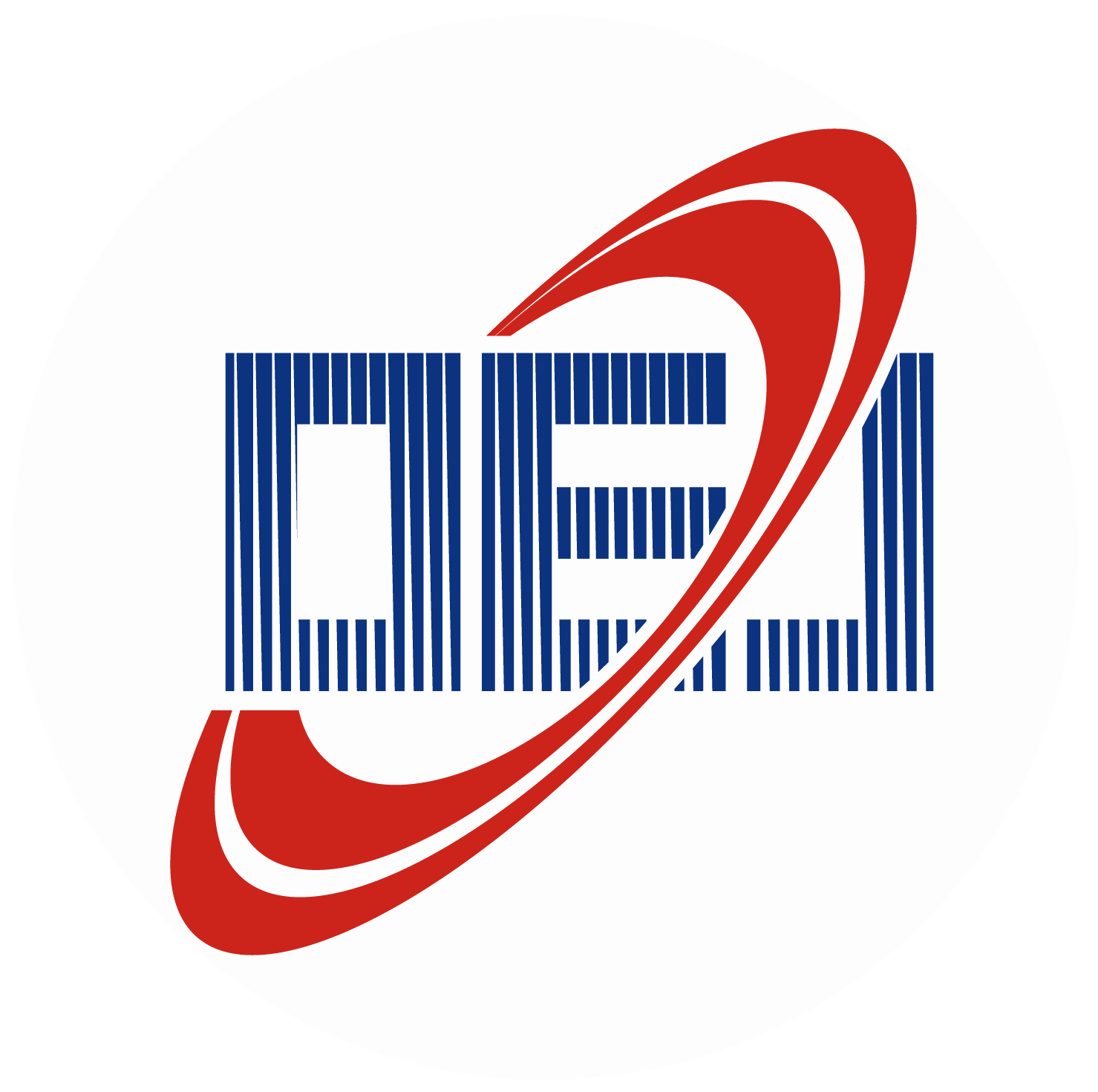-
Abstract
Metasurfaces, composed of planar arrays of intricately designed meta-atom structures, possess remarkable capabilities in controlling electromagnetic waves in various ways. A critical aspect of metasurface design involves selecting suitable meta-atoms to achieve target functionalities such as phase retardation, amplitude modulation, and polarization conversion. Conventional design processes often involve extensive parameter sweeping, a laborious and computationally intensive task heavily reliant on designer expertise and judgement. Here, we present an efficient genetic algorithm assisted meta-atom optimization method for high-performance metasurface optics, which is compatible to both single- and multi-objective device design tasks. We first employ the method for a single-objective design task and implement a high-efficiency Pancharatnam-Berry phase based metalens with an average focusing efficiency exceeding 80% in the visible spectrum. We then employ the method for a dual-objective metasurface design task and construct an efficient spin-multiplexed structural beam generator. The device is capable of generating zeroth-order and first-order Bessel beams respectively under right-handed and left-handed circular polarized illumination, with associated generation efficiencies surpassing 88%. Finally, we implement a wavelength and spin co-multiplexed four-channel metahologram capable of projecting two spin-multiplexed holographic images under each operational wavelength, with efficiencies over 50%. Our work offers a streamlined and easy-to-implement approach to meta-atom design and optimization, empowering designers to create diverse high-performance and multifunctional metasurface optics. -



 E-mail Alert
E-mail Alert RSS
RSS


